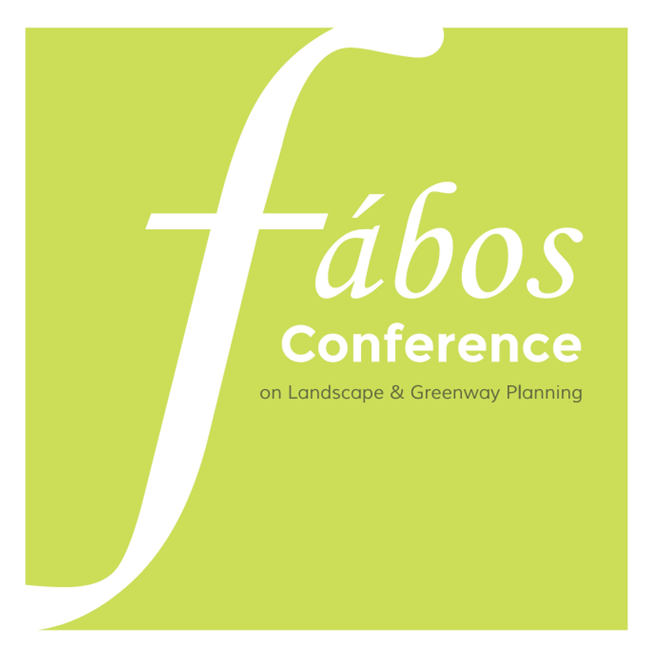Milan, the Healthy City. Taking Stock of Milanese Greenways.
Abstract
Where are we with the creation and planning of the green routes that should define the greenways of the Metropolitan City of Milan (Senes et al., 2010a)? As illustrated in a speech at the Fabós 2019 Conference, "Adapting to Expanding and Contracting Cities" (Fabris et al., 2019), the capital of Lombardy, the second largest Italian city by population, has a good tradition both in the construction of public parks and in the transformation of abandoned industrial and agricultural areas into green areas for citizens (Senes at al., 2010b). This paper intends to take stock of the system of existing routes and the new plans and green policies launched in the last five years, a period that has also been burdened by the global COVID-19 pandemic (Fabris et al., 2020). Surprisingly, the pandemic period has not only brought about the rapid activation of a whole series of exciting repercussions on the use of public spaces (Quinzi and Terna, 2021) (creation of new cycle paths, activation of local policies of the '15-minute' city, the reactivation of open spaces and the establishment of new parks, also supported by the private real estate market) but has also brought about a new master plan for the Metropolitan City of Milan and the establishment of a new forestation plan, called Foresta-Mi, which will implement in a few years, expected for completion in 2030, the city's greenery in the wake of expectations linked to the European policies of the New Green Deal and New Bauhaus (Lux, 2024). Furthermore, we are celebrating the 50th anniversary of Boscoincittà (Wood in the Town), the first example of urban forestation in Italy, and we are also preparing the venues for the 2026 Milan-Cortina Winter Olympics (Nicoliello, 2023) and the construction site of the new headquarters of the Milan Polytechnic in Bovisa designed by RPBW that integrates an entire new urban forest, places belonging to the greenway system defined by the indications derived from the 'Green River' proposed by Studio Boeri Architetti in 2016. This contribution aims to provide a critical reading of the state of the art of Milanese green paths (Fabris and Li, 2023), of the regulations that govern and develop them and to understand what could be the potential planning and social developments of this grand experiment that is transforming Milan into a healthy and attractive city.
Keywords: Milan, Healthy City, Greenways, Planning, State of Art
How to Cite:
Fabris, L. & Li, M., (2025) “Milan, the Healthy City. Taking Stock of Milanese Greenways.”, Fábos Conference on Landscape and Greenway Planning 8(1). doi: https://doi.org/10.7275/fabos.2435
260 Views
125 Downloads
